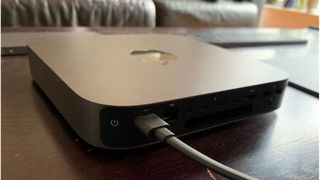Apple Mac Mini
Latest about Apple Mac Mini

Should a student buy a Mac mini as they go back to school?
By Alex Blake, Daryl Baxter last updated
Apple's smallest desktop Mac is perfect for schoolwork in many ways that you might not have previously realized.
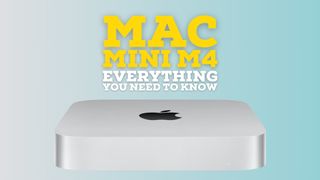
M4 Mac Mini: Everything you need to know
By Lloyd Coombes published
Apple's next desktop could be adorable, affordable, and plenty powerful.
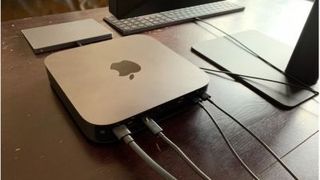
The best keyboards for Mac mini 2025
By Christine Chan last updated
The Mac mini is a powerful little computer, but unlike the iMac, you need to bring your own peripherals, like display, mouse, and keyboard. Here are the best keyboards you can get for your Mac mini.
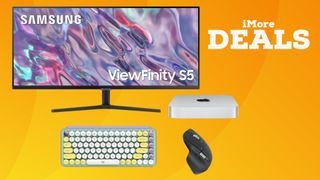
Grab the perfect Mac mini M2 setup this Memorial Day
By Tammy Rogers published
Want to upgrade your desktop setup? Then this Mac mini deal and these accessories reductions might be just up your street
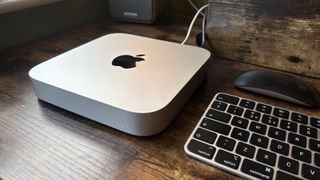
Best Mounts for Mac mini in 2025
By Bryan M Wolfe, Stephanie A Barnes last updated
These Mac mini mounts protect and hide your computer at the same time. Each one is simple to use and ready to buy now. Here are some of our favorites.

Mac mini plummets below $500
By Tammy Rogers published
The M2 Mac mini almost hits its lowest price ever with a monster $100 discount at Amazon.
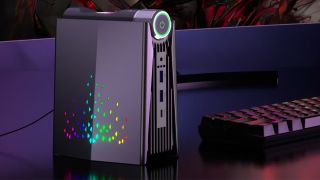
Mac Mini rivals: Five small form factor PCs that want a bite of Apple's pie
By Tammy Rogers last updated
Apple’s Mac mini is one of the most impressive small form factor PCs that you can buy – but what are the alternatives like? We’ve taken a look.
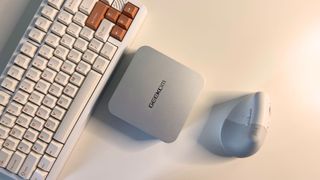
This mini PC is even smaller than a Mac mini, but packs more RAM and storage for extra fun
By Tammy Rogers published
The Geekom A7 is a powerful, tiny, and very well-priced mini PC — but should you choose one over the Mac mini?
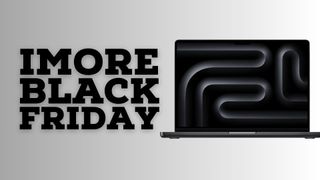
Apple's brand-new M3 MacBook Pro is already discounted for Black Friday
By Lloyd Coombes published
The Space Black MacBook Pro is reduced in the Black Friday sales at Amazon.

Black Friday can net you a brand-new Mac for under $500
By Lloyd Coombes published
The Mac Mini is under $500 in this Black Friday deal at Best Buy.

Forget Prime Day for the Mac mini: Apple's cheapest desktop is $70 off
By Tammy Rogers published
While not quite its lowest price yet, this deal makes the Mac mini a lot more affordable.
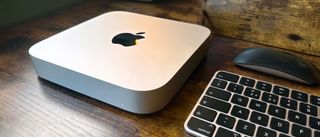
Mac Mini M2 is now available in the Apple Refurb Store, but it's cheaper to buy new
By Tammy Rogers published
The Mac mini M2 is now available in its refurbished store – but if you're wanting a base model, you should look elsewhere.
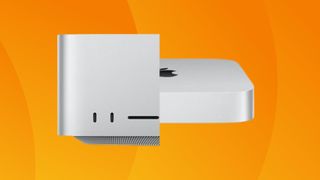
Mac mini vs Mac Studio: which compact Mac is best for your needs?
By Matt Hanson published
Having a hard time choosing between the Mac mini and the Mac Studio? Let us help with this in-depth comparison of Apple’s small (yet mighty) Macs.
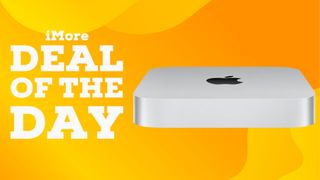
The lowest ever Mac mini price will end in just a few hours — move fast
By Tammy Rogers published
This deal over at B&H Photo is the best deal we've ever seen on the Mac mini, saving you $220 for the lowest price ever.
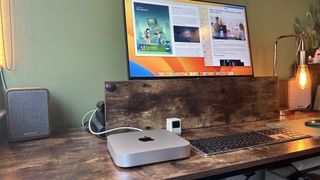
M2 Mac mini falls to a stunning low UK price just weeks after release, just £764
By Stephen Warwick published
Apple's new M2 Mac mini is not even a month old, but you can already buy one at 10% off on Amazon.

Could the M2 Mac mini replace your Xbox?
By Tammy Rogers published
Could a Mac mini be the next thing you put under your TV? It looks like Apple might like it to be.
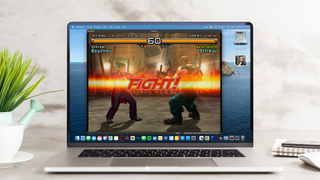
PS2 4K emulation on the M2 Pro Mac mini is real, and it's spectacular
By Daryl Baxter published
Opinion While PS2 emulation has been great on my MacBook Pro, the M2 Pro Mac mini could be the ultimate gaming machine.
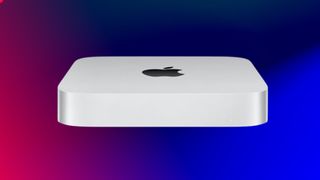
Where to order the new Mac Mini with M2 and M2 Pro
By Tammy Rogers last updated
We weren't expecting a new Mac Mini, but a new Mac Mini we got. Here's where you can preorder one.
iMore offers spot-on advice and guidance from our team of experts, with decades of Apple device experience to lean on. Learn more with iMore!

